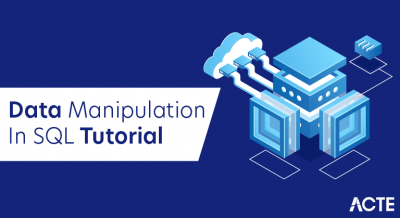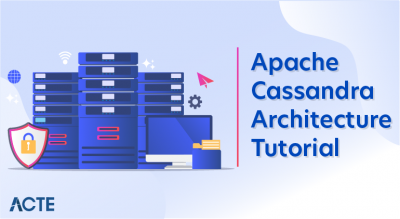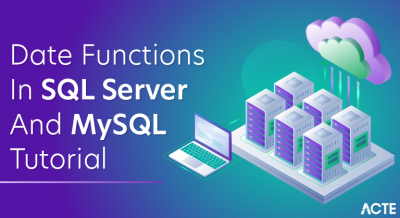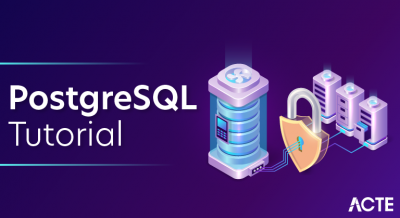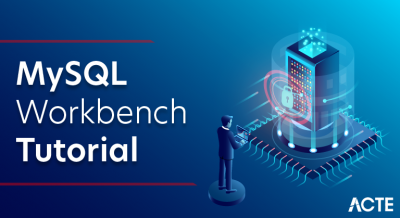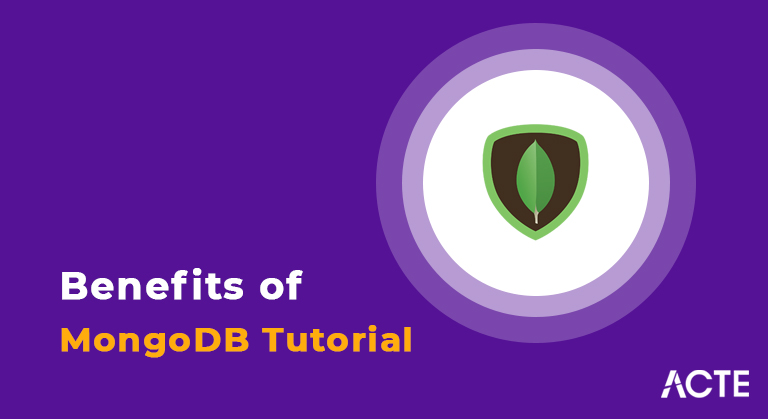
- Introduction to MangoDB
- What is MongoDB?
- Why Use MongoDB?
- Where to Use MongoDB?
- Who is utilizing MongoDB?
- History of MongoDB
- How to learn using MongoDB?
- The design of MongoDB
- Significant MongoDB Features
- Use of MongoDB
- MongoDB Features
- We should investigate MongoDB’s main five specialized highlights
- Scopes of MongoDB
- Advantage of MongoDB
- Prerequisites
- Confirmation and Cost
- Conclusion
- Report Oriented Storage − Data is put away as JSON-style records.
- List on any characteristic
- Replication and high accessibility
- Auto-Sharding
- Rich inquiries
- Quick set up refreshes
- Proficient help by MongoDB
- Large Data
- Content Management and Delivery
- Versatile and Social Infrastructure
- Client Data Management
- Information Hub
- IBMUber.
- Lyft.
- Radio
- Citrix
- Conveyance Hero.
- InVision
- HTC
- T-Mobile
- LaunchDarkly.
- Sony
- Stack.
- Castlight Health
- Accenture
- Zendesk
- Scalability
- Performance
- High Availability
- Scaling from single server organizations to huge, complex multi-site designs.
- Key points of MongoDB
- Develop Faster
- Deploy Easier
- Scale Bigger
- A social networking site where users can share posts, like each other’s posts and comment on each other’s posts.
- A question-answer based discussion forum supporting multiple topics.
- Django: Django is a Python-based web application framework and can be used seamlessly with MongoDB as the backend database.
- NodeJS: Node is a JavaScript-based web application framework and is widely used along with MongoDB in the MEAN stack.
- Inquiries: It upholds impromptu questions and record-based inquiries.
- File Support: Any field in the report can be filed.
- Replication: It upholds Master-Slave replication. MongoDB utilizes local applications to keep up with different duplicates of information. Forestalling information base personal time is one of the copy set’s elements as it has a self-mending shard.
- Numerous Servers: The information base can run over various servers. Information is copied to secure the framework on account of equipment disappointment.
- Auto-sharding: This cycle appropriates information across various actual segments called shards. Due to sharding, MongoDB has a programmed load adjusting highlight.
- MapReduce: It upholds MapReduce and adaptable total apparatuses.
- Disappointment Handling: In MongoDB, it’s not difficult to adapt to instances of disappointments. Enormous quantities of reproductions give out expanded assurance and information accessibility against data set personal times like rack disappointments, different machine disappointments, server farm disappointments, or even organization allotments.
- GridFS: Without convoluting your stack, any size of records can be put away. GridFS include partitions records into more modest parts and stores them as discrete reports.
- Pattern less Database: It is a mapping fewer data set written in C++.
- Report situated Storage: It utilizes the BSON design which is a JSON-like arrangement.
- Strategies: MongoDB JavaScript functions admirably as the data set uses the language rather than methods.
- MongoDB is a versatile, adaptable NoSQL report information base stage intended to conquer the social data sets approach and the constraints of other NoSQL arrangements. MongoDB is notable for its even scaling and burden adjusting capacities, which has given application designers an uncommon degree of adaptability and versatility.
- MongoDB Atlas is the main worldwide cloud data set assistance for current applications. Utilizing Atlas, designers can convey completely oversaw cloud information bases across AWS, Azure, or Google Cloud. Top-tier information security and protection guidelines rehearse imply that designers can sit back and relax realizing that they have moment admittance to the accessibility, versatility, and consistence they need for big business level application advancement.
- Starting in 2020, MongoDB has been downloaded north of 30 million times with more than 730,000 MongoDB University enlistments. There are drivers for 10+ dialects, with handfuls more added by the local area. The best part is that MongoDB is allowed to utilize.
- MongoDB furnishes designers with various valuable out-of-the-crate abilities, regardless of whether you want to run secretly on location or in the public cloud.
- When planning the blueprint of a data set, it is difficult to know ahead of time every one of the questions that will be performed by end clients. An impromptu question is a brief order whose worth relies upon a variable. Each time an impromptu inquiry is executed, the outcome might be unique, contingent upon the factors being referred to.
- Upgrading how specially appointed questions are dealt with can have a critical effect at scale when thousands to millions of factors might be thought of. Therefore MongoDB, an archive arranged, adaptable blueprint data set, stands separated as the cloud data set the foundation of decision for big business applications that require ongoing examination. With impromptu question support that permits engineers to refresh specially appointed inquiries continuously, the improvement in execution can be down evolving.
- MongoDB upholds field questions, range inquiries, and customary articulation look. Inquiries can return explicit fields and represent client characterized capacities. This is made conceivable because MongoDB records BSON reports and uses the MongoDB Query Language (MQL).
- We would say, the main issue that numerous specialized help groups neglect to address with their clients is ordering. Done right, lists are expected to further develop search speed and execution. An inability to appropriately characterize proper files can and generally will prompt a heap of openness issues, for example, issues with question execution and burden adjusting.
- Without the right files, and information base is compelled to check reports individually to distinguish the ones that match the question explanation. Be that as it may, assuming a suitable file exists for each question, client solicitations can be ideally executed by the waiter. MongoDB offers an expansive scope of lists and highlights with language-explicit sort orders that help complex access examples to datasets.
- At the point when your information just lives in a solitary data set, it is presented to numerous likely weak spots, for example, a server crash, administration interferences, or even old-fashioned equipment disappointment. Any of these occasions would make getting to your information almost inconceivable.
- Replication permits you to avoid these weaknesses by conveying different servers for calamity recuperation and reinforcement. Even scaling across numerous servers that house similar information (or shards of that equivalent information) implies incredibly expanded information accessibility and dependability. Normally, replication additionally assists with load adjusting. At the point when various clients access similar information, the heap can be appropriated uniformly across servers.
- In MongoDB, copy sets are utilized for this reason. An essential server or hub acknowledges all compose activities and applies those equivalent tasks across auxiliary servers, reproducing the information. Assuming the essential server ought to at any point encounter a basic disappointment, any of the optional servers can be chosen to turn into the new essential hub. Also assuming the previous essential hub returns on the web, it does as such as an optional service for the new essential hub.
- When managing especially huge datasets, sharding-the most common way of parting bigger datasets across different appropriated assortments, or “shards”- helps the data set circulate and better execute what may somehow be risky and bulky inquiries. Without sharding, scaling a developing web application with a huge number of everyday clients is almost unimaginable.
- Like replication through replication sets, sharding in MongoDB considers a lot more noteworthy flat adaptability. Level scaling implies that every shard in each group houses a piece of the dataset being referred to, basically working as a different information base. The assortment of disseminated server shards frames a solitary, complete information base much more qualified to take care of the necessities of a famous, developing application with zero vacation.
- All activities in a sharding climate are dealt with through a lightweight cycle called mangos. Mongos can guide questions to the right shard in light of the shard key. Normally, appropriate sharding additionally contributes fundamentally to all the more likely burden adjusting.
- Toward the day’s end, ideal burden adjusting stays one of the sacred goals of huge scope information base administration for developing venture applications. Appropriately disseminating a huge number of customer solicitations to hundreds or thousands of servers can prompt a recognizable (and much appreciated) distinction in execution.
- Luckily, using flat scaling highlights like replication and sharding, MongoDB upholds enormous scope load adjusting. The stage can deal with different simultaneous read and compose demands for similar information with top-tier simultaneousness control and locking conventions that guarantee information consistency. There’s no compelling reason to add an outside load balancer-MongoDB guarantees that every single client has a steady view and quality involvement in the information they need to get to
- Probably the greatest organizations on earth are effectively sending Mongo, with over a portion of the Fortune 100 organizations being clients of this mind-blowing NoSQL information base framework. It has an extremely dynamic environment with more than 100 accomplices and tremendous financial backer premium who are pouring cash into the innovation, tenaciously.
- One of the greatest insurance agencies on earth MetLife is broadly involving MongoDB for its client care applications; the internet-based classifieds search gateway, Craigslist is profoundly associated with filing its information utilizing MongoDB. Quite possibly the most hailed brand in the media business, The New York Times is involving MongoDB for its photograph entries and the application that is sent for structure building.
- At last, the degree of the MongoDB predominance can be measured by the way that the world’s head logical undertaking that is initiated by the CERN material science research facility is broadly involving MongoDB for its information conglomeration and information revelation applications.
- Pattern less −MongoDB is a report information base in which one assortment holds various records. The number of fields, content, and size of the record can vary starting with one archive then onto the next.
- Construction of a solitary article is clear.
- No perplexing joins.
- Profound question capacity. MongoDB upholds dynamic questions on reports utilizing a record-based inquiry language that is close to as strong as SQL.
- Tuning.
- Simplicity of scale-out − MongoDB is not difficult to scale.
- Change/planning of using objects to information base articles not required.
- Involves inside memory for putting away the (windowed) working set, empowering quicker access of information.
- MongoDB confirmation offers designers and DBAs another means to demonstrate aptitude on MongoDB and helps associations employ and foster qualified experts.
- Presently, we offer two tests: MongoDB Certified Developer, Associate Level, and MongoDB Certified DBA, Associate Level.
- For this sharded bunch, Atlas charges US$227.50 each month (utilizing the default reinforcement rate)
- Thus, we take care of the multitude of benefits of MongoDB and drawbacks of MongoDB. Presently we have some comprehension of MongoDB’s ease of use for us.
- In additional articles, we will figure out how to set up the climate for MongoDB. We will see it for Windows, Linux, and other working frameworks. Besides, assuming that you have any questions, go ahead and ask in a remark area.
Introduction to MangoDB:
With the ascent in information from one side of the planet to the other, there has been a perceptible and expanding interest encompassing the influx of the non-social data set, otherwise called ‘NoSQL’. Organizations and associations are looking for new strategies to deal with the surge of information and are drawn toward the other data set administration instruments and frameworks that are not quite the same as the customary social data set frameworks. Here comes MongoDB into the image.
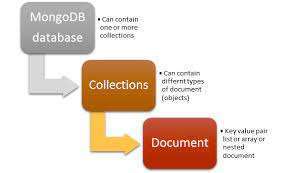
What is MongoDB?
As a definition, MongoDB is an open-source data set that utilizes a report situated information model and a non-organized inquiry language. It is one of the most remarkable NoSQL frameworks and data sets around, today. MongoDB Atlas is a cloud information base answer for contemporary applications that are accessible internationally. This top-tier robotization and set up rehearses proposition to convey completely oversaw MongoDB across AWS, Google Cloud, and Azure.
It additionally guarantees accessibility, versatility, and consistency with the most rigid information security and protection prerequisites. MongoDB Cloud is a brought-together information stage that incorporates a worldwide cloud data set, search, information lake, portable, and application administrations.
Why Use MongoDB?
Where to Use MongoDB?
Who is utilizing MongoDB?
MongoDB is involved by a critical number of associations in the IT area today as a data set assistance for applications or information stockpiling frameworks. As per a study directed by Siftery on MongoDB, more than 4000 organizations have confirmed that they use MongoDB as an information base. Coming up next are a portion of the associations that are utilizing MongoDB.

History of MongoDB:
The underlying advancement of MongoDB started in 2007 when the organization was building a stage as help like window sky blue. “Window sky blue is a distributed computing stage and foundation, made by Microsoft, to fabricate, send and oversee applications and administration through a worldwide organization.”
MongoDB was created by a New York based association named 10gen which is currently known as MongoDB Inc. It was at first evolved as a PAAS (Platform as a Service).
Later in 2009, it is presented in the market as an open-source data set server that was kept up with and upheld by MongoDB Inc.
The primary prepared creation of MongoDB has been considered from variant 1.4 which was delivered in March 2010.
The main role of building MongoDB is:
How to learn using MongoDB?
The best way to learn MongoDB is to actually develop a web application that uses MongoDB as the backend database. Databases are generally coupled with a web application (rather than being used independently) and therefore you are advised to try the following simple web application ideas:
You can use any web application framework of your choice. Some of the recommended ones are:
The design of MongoDB:
Data set: In basic words, it very well may be known as the actual holder for information. Every one of the information bases has its arrangement of documents on the record framework with numerous data sets existing on a solitary MongoDB server.
Assortment: A gathering of information base archives can be known as an assortment. The RDBMS comparable to an assortment is a table. The whole assortment exists inside a solitary data set. There are no blueprints with regards to accumulations. Inside the assortment, different records can have fluctuated fields, however for the most part the archives inside an assortment are intended for a similar reason or for serving a similar ultimate objective.
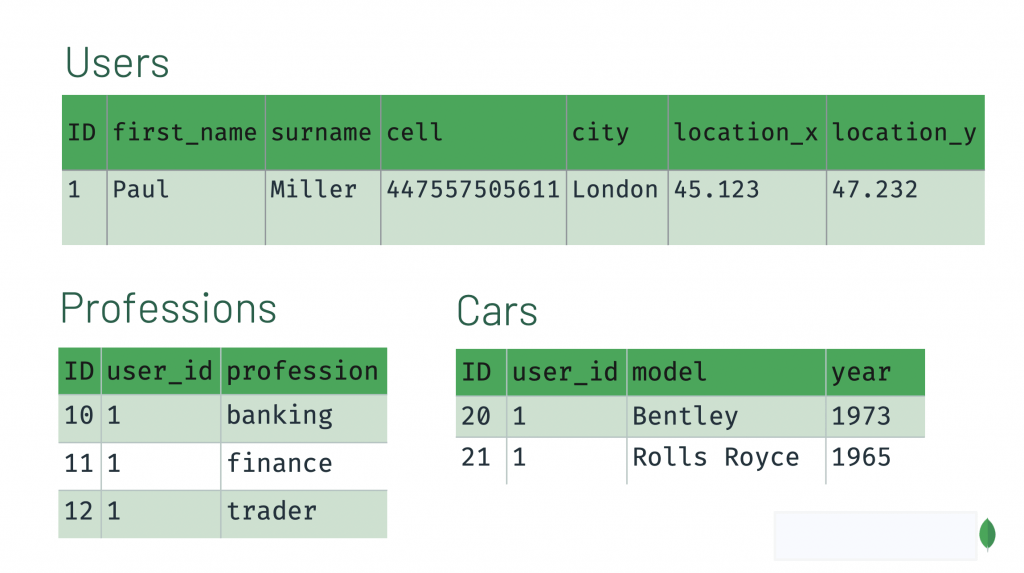
Archive: A bunch of key-esteem sets can be assigned as a report. Reports are related to dynamic patterns. The advantage of having dynamic outlines is that an archive in a solitary assortment doesn’t need to have similar construction or fields. Additionally, the normal fields in an assortment record can have fluctuated kinds of information.
Significant MongoDB Features:
Use of MongoDB:
With the quick development of information bases, picking the right data set has turned into a significant part of the utilization plan. Even though RDBMS data sets like Oracle, SQL Server, Postgres, and DB2 have been near, NoSQL data sets like MongoDB, Cassandra, and HBase have developed more unmistakable. With ferocious rivalry in the present market, picking the right information base in light of the application use case can convert into a benefit over the opposition.
MongoDB’s spotlight isn’t just on the data set but on general information. Administrations like MongoDB Atlas, a data set as-a-administration on multi-cloud and MongoDB join, are utilized to construct quicker and better applications on serverless conditions.

MongoDB is the favored information base of driving ventures and powers up items and arrangements at different foundations including AstraZeneca, Adobe, eBay, Electronic Arts, SAP, CISCO, Google, Verizon, and the Royal Bank of Scotland.
In this blog, we take you through a portion of the top certifiable use instances of MongoDB going across the versatile, web of things, content administration, ongoing investigation, and centralized computer offloading.
MongoDB Features:
We should investigate MongoDB’s main five specialized highlights:
1. Impromptu inquiries for streamlined, constant examination:
2. Ordering fittingly for better question executions:
3. Replication for better information accessibility and steadiness:
4. Sharding:
5. Load adjusting:
Scopes of MongoDB:
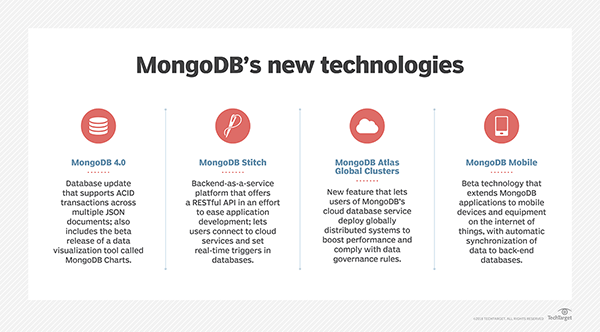
Advantage of MongoDB:
Disadvantage Of MongoDB:
Nothing is finished or awesome. Despite enjoying such countless benefits, MongoDB has a few impediments. How about we examine some of them here.
1. Joins not Supported: MongoDB doesn’t uphold joins like a social information base. However one can utilize joins usefulness by adding by coding it physically. However, it might slow execution and influence execution.
2. High Memory Usage: MongoDB stores key names for each worth set. Additionally, because of no usefulness of joins, there is information overt repetitiveness. This outcome in expanding pointless utilization of memory.
3. Restricted Data Size: You can have archive size, not more than 16MB.
4. Restricted Nesting: You can’t perform settling of records for more than 100 levels. This was about the Advantages Of MongoDB Tutorial. Trust you like our clarification.
Prerequisites:
Before continuing with this instructional exercise, you ought to have an essential comprehension of data set, content tool and execution of projects, and so on Since we will foster elite execution data set, it will be great assuming that you have a comprehension of the fundamental ideas of Database (RDBMS)


